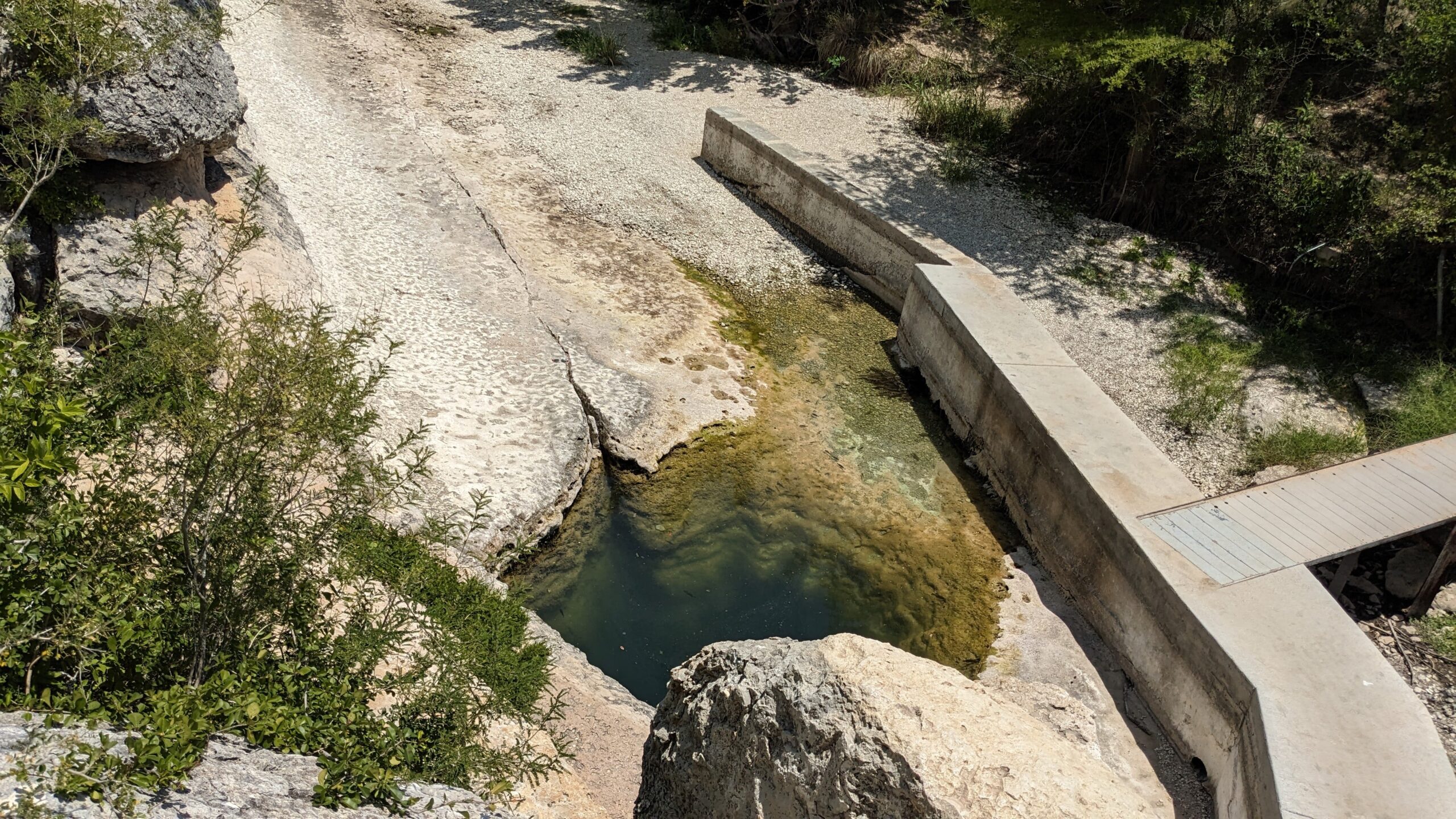Photo of low water levels in Jacob’s Well in July 2023
Dry, Hot Weather Exacerbates Drought Conditions
Extreme heat across Central Texas has been a mainstay of news headlines over the past couple of months. Following an abnormally hot June, according to the Austin American-Statesman, we’re on pace for the hottest July on record, surpassing the previous record set just a year ago in 2022. July 27 marks the 36th triple-digit day of 2023. 2022 saw a year-end total of 68 triple-digit days, and 2011 totaled 90. While we may not surpass those records, this year’s dry weather and below-average rainfall combined with the effects of 2022 drought conditions has depleted our groundwater sources to alarmingly low levels. As temperatures continue to soar with no rainfall on the horizon, aquifer levels and spring flow continue to suffer.
Water levels at lakes Travis and Buchanan, the two water supply reservoirs in the Highland Lakes, are also expected to continue to decline through the summer. According to John Hofmann, LCRA executive vice president of water, the hot and dry weather means increased evaporation and water use. Those factors, combined with the scarce amount of water flowing into the Highland Lakes since last fall, have caused lake levels to drop. As of July 27, lakes Travis and Buchanan are 43% and 56% full respectively.
Rainfall
Through July 27 the District received an average of 0.2 inches, leaving us 1.7 inches behind the month’s historical average. So far in 2023, 15 inches of rain has fallen overall, which is 5 inches short of the annual historic average.
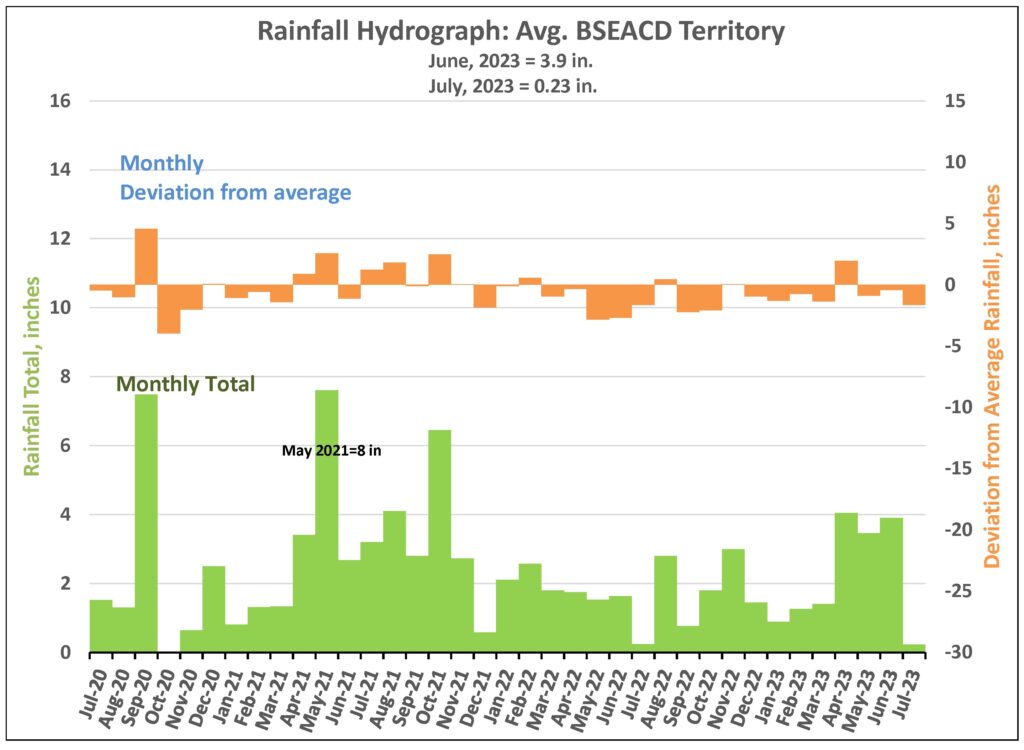
Figure 1. Monthly deviation from average and monthly total rainfall in BSEACD territory.
Monitor Wells
The Lovelady monitor well initially crossed into Stage II Alarm Drought in May 2022 and then into Critical Stage III on October 17 (Figure 2). On July 27 of this year Lovelady had a level of 460.4 feet-mean sea level (ft-msl), which is 3.3 ft above Stage IV Exceptional Drought. Due to this very dry July, water levels in Lovelady and wells throughout the District have been in decline.
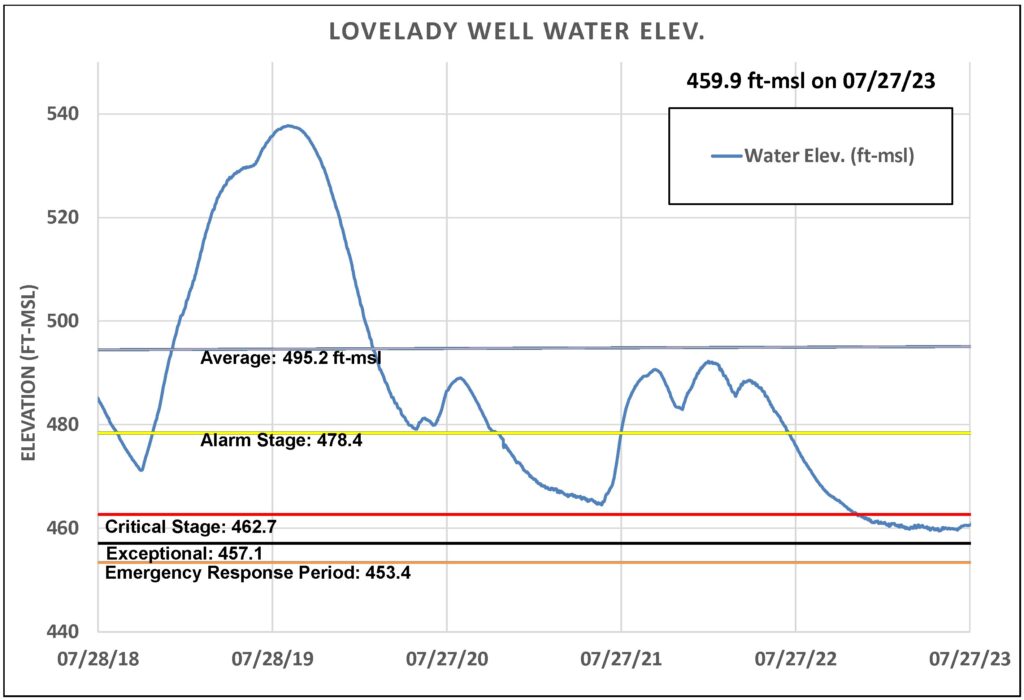
Figure 2. Lovelady monitor well water level elevation.
Barton Springs entered Stage II Alarm Drought in June 2022 (Figure 3). Due to the low-rain/high-water-use period typical of Hill Country summers, Barton Springs flow plunged into Critical Stage III on July 12, 2023. On July 27 Barton Springs’ 10-day average flow was 16 cubic feet/second (cfs). It is on pace to decline to 14 cfs, which is the District’s threshold for Stage IV Exceptional Drought, in the coming months.
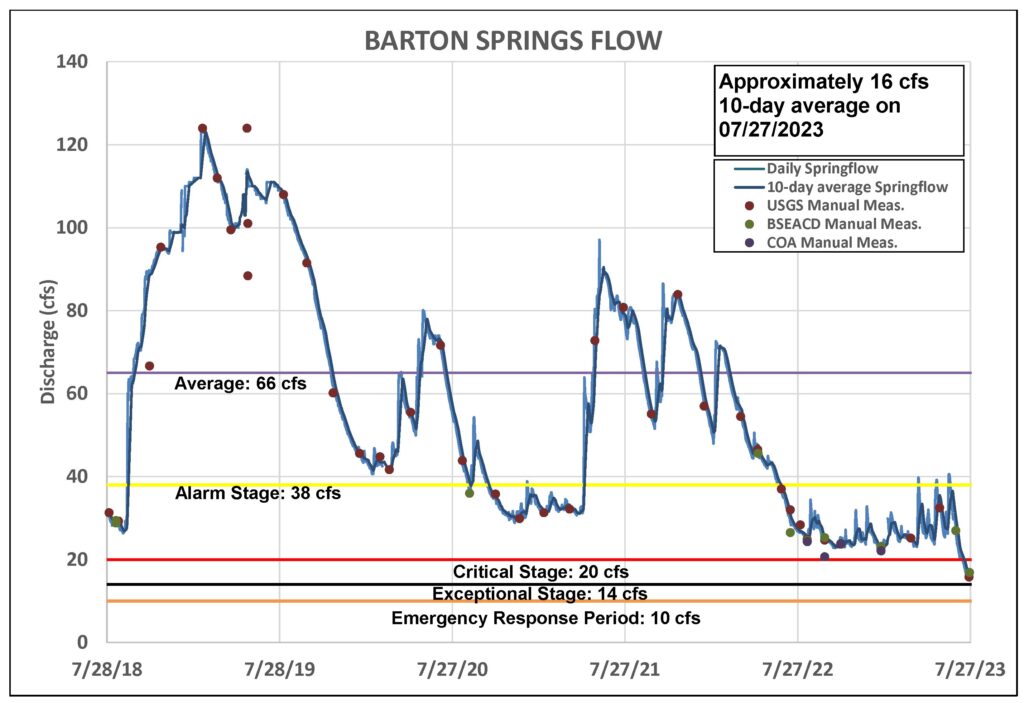
Figure 3. Barton Springs flow.
Water levels in Trinity Aquifer monitor wells throughout the District have also continued to fall (Figure 4). The flow gauge at Jacob’s Well spring has reported zero flow since late June while the Blanco River at Wimberley is reporting record low flows.
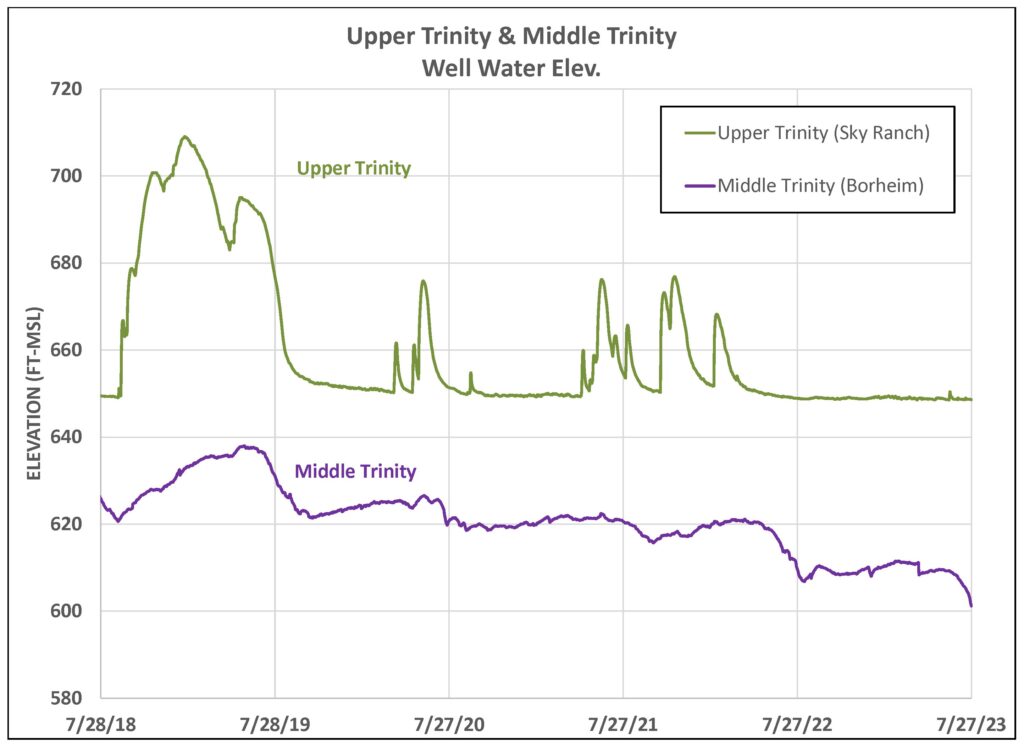
Figure 4. Water levels in an Upper Trinity well (green) and Middle Trinity well (purple).
Water Conservation
With the forecast predicting triple digit temperatures and minimal rain chances for the foreseeable future, it’s imperative people in the District actively conserve water resources. Groundwater use should be limited for essential indoor demands needed to preserve health and safety with a very minor allocation provided for nonessential outdoor purposes. End-user customers served by water utilities on groundwater wells, such as City of Buda, City of Kyle, and Creedmoor Maha Water Supply Corp, are required to comply with their utility’s water use restrictions for any drought stage and can contact their service provider for additional information.
The only way for the aquifer to recharge and end these drought conditions is a long period of significant rainfall. Until this occurs, community members in and outside of the District can do their part by actively conserving water resources to minimize groundwater depletion and conserve surface water supplies to help our aquifer levels recover. For additional information on the District’s drought conditions and restrictions, visit www.bseacd.org/regulatory/droughtinformation.

